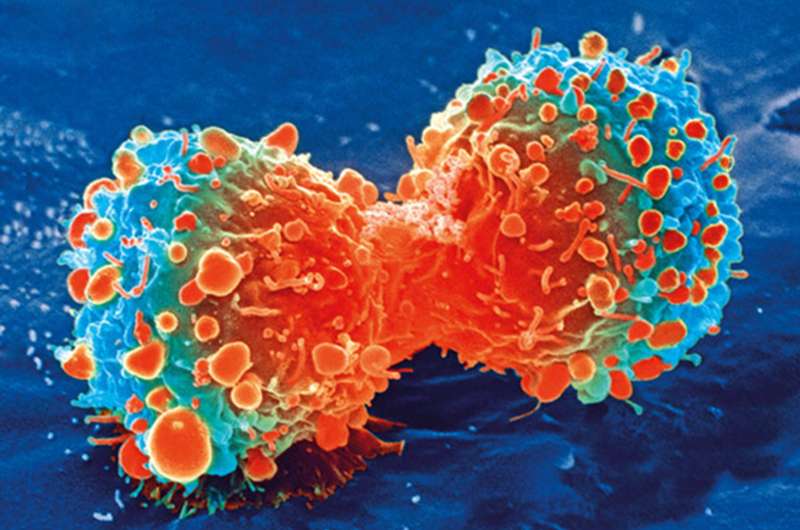
A new research study at The Ohio State University Comprehensive Cancer Center-Arthur G. James Cancer Hospital and Richard J. Solove Research Institute (OSUCCC-James) turns cancer scientists into molecular detectives, searching for clues for why certain cancers are able to spread and evolve by studying tissues collected within hours of death.
Led by Dr. Sameek Roychowdhury, this unique clinical research study—known as the Rapid Cancer Research Autopsy Trial—allows scientists to gather biological samples after a patient’s death to conduct research otherwise not possible, with the goal of better understanding how the cancer cells overcame different treatments.
“As patients undergo cancer treatment, and in some instances, succumb to their disease, there’s limited opportunity to understand their cancer and what made it so lethal and what took their lives,” said Roychowdhury, a medical oncologist and researcher with the OSUCCC-James Translational Therapeutics Program. “The rapid autopsy program allows us to sample every site of cancer in the body. This can help us understand how the cancer cells overcame different treatments and then go back to the drawing board to develop better therapies targeted to different genes and types of cancer.”
For this Pelotonia-funded study, patients consent during life to donate biological samples upon death for the purposes of cancer research. When the patient passes, researchers rapidly mobilize to perform an autopsy before tissues degrade. Samples are preserved to “freeze/pause” the tissue characteristics at that moment so that they can go back to the lab and identify potential genetic mutations or cellular characteristics that could explain why therapy stopped working, in hopes of guiding future therapies.
Study findings impacting cancer care
Since the trial’s launch in 2016, the OSUCCC-James rapid research autopsy team has performed 55 autopsies. Data gathered from these autopsies has already led to novel findings about drug resistance mechanisms for a recently approved, novel targeted therapy called infigratinib, marketed as Truseltiq. This drug targets FGFR2 gene mutations known as fusions in cholangiocarcinoma and other cancer types.
The team recently published findings in the medical journal Lancet: Gastroenterology & Hepatology from a single-arm, multicenter, phase 2 study of the drug infigratinib in previously treated patients with locally advanced or metastatic cholangiocarcinoma, a rare and difficult-to-treat form that occurs in the bile duct. Results showed meaningful impact on tumor response and led to the FDA-approval of this therapy for cholangiocarcinoma and these specific FGFR2 fusions in May 2021. Going beyond cholangiocarcinoma, OSUCCC-James investigators are enrolling patients to a phase 2 study of infigratinib for patients with other cancer types that harbor FGFR gene mutations. This study was designed and developed by the OSUCCC-James team as an investigator-initiated trial in partnership with the drug development industry. Roychowdhury notes this study could provide evidence that more patients with FGFR gene mutations could benefit from new therapy approaches that directly target FGFR.
“This represents a strong potential new therapy option for diseases that have limited treatment options,” Roychowdhury said. “We are so humbled by our patients’ selflessness by participating in research that will help others. It is a legacy of hope and exciting to see both precision cancer medicine and the research autopsy trial translating into discoveries at the patient’s bedside.”
Roychowdhury says his team is continually humbled by patients’ eagerness to help advance research in any way possible, even if those discoveries will not come in time to eradicate their own disease.
“Everyone on our team sees it as a privilege and duty to care for them in that research study and to use that autopsy to help others as that patient would have wanted,” he said. “We’re understanding how to better take care of patients with cancer, find better ways to develop therapies and to understand biology. But even more rewarding is the fact that almost every single family member has said to me how grateful they are that their loved one could be part of the study.”
The Ohio State University

